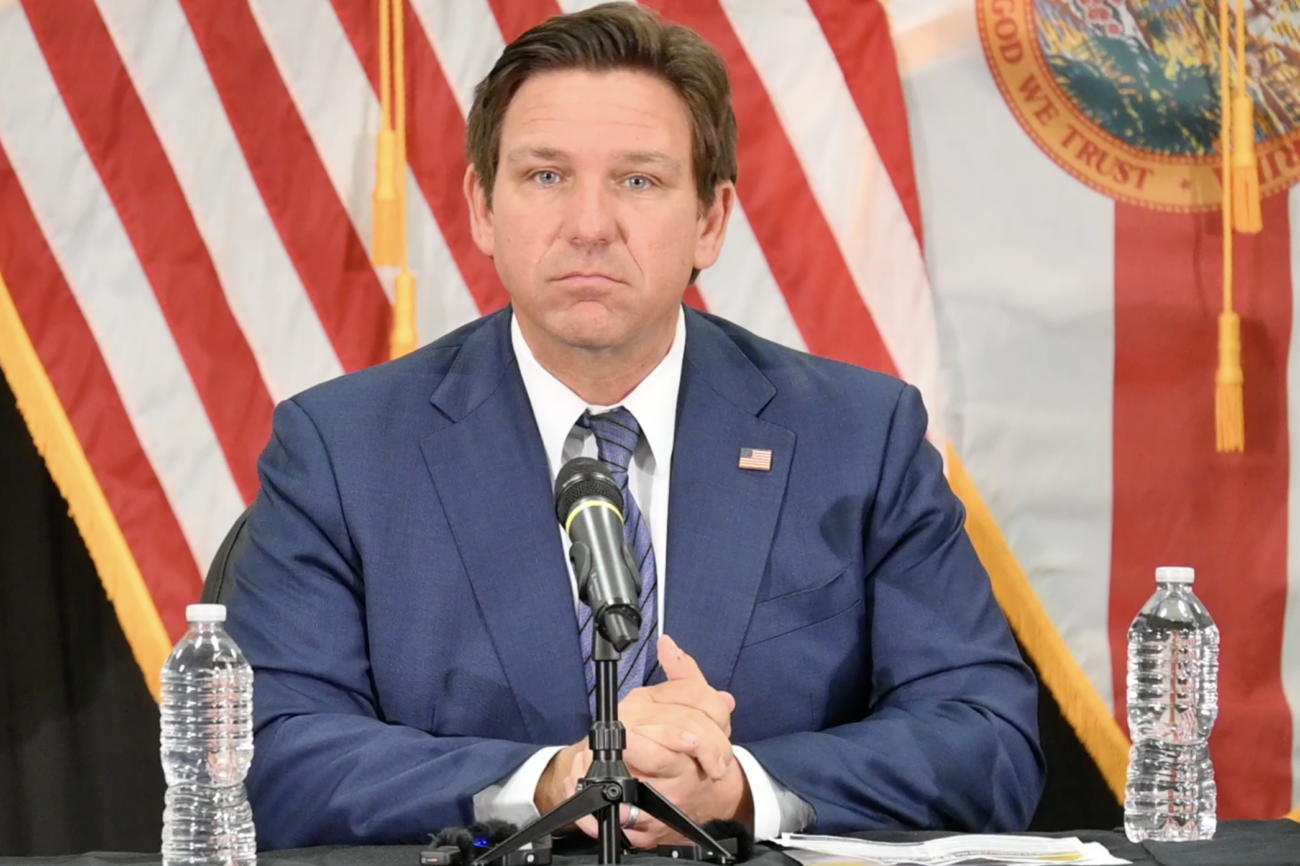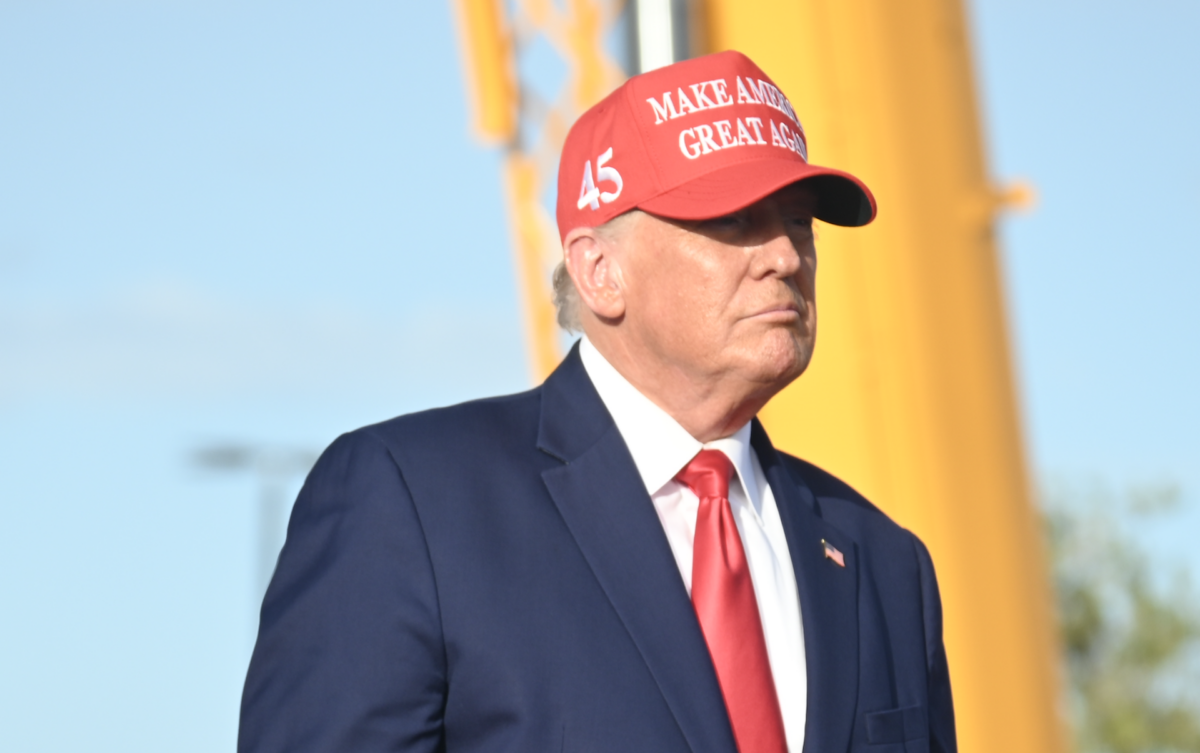The ‘penny’ coin has been in circulation for nearly as long as the US’s existence and is worth one cent.
Penny production has long sparked intense debate as lawmakers have quarreled over the coin’s benefits.
Producing pennies costs more than they are worth, as each one costs over three cents.
Recently, Senators Mike Lee (R-UT) and Jeff Merkley (D-OR) introduced the Make Sense Not Cents Act to halt penny production.
Shortly thereafter, the Trump administration ordered the cessation of penny production.
Senators Lee and Merkley claim halting penny production would save American taxpayers over $85 million each year.
“It’s the opposite of ‘common cents’ for taxpayers’ dollars to fund wasteful spending like producing pennies,” said Senator Merkley. “The Make Sense Not Cents Act will save taxpayers millions—and that is something that both Democrats and Republicans support to seriously take on government waste.”
Skeptics of the penny’s elimination worry, however, that increased reliance on other coins will increase costs for taxpayers.
Nickels, for example, cost around four times more than pennies to produce (nearly 14 cents).
Conversely, quarters and dimes cost less than their worth to produce: 0.147 and 0.0576 cents, respectively.
Additionally, some point to the over 114 billion pennies in circulation that could face abandonment or disuse, as well as the increased costs customers will face when businesses round their prices up due to the penny’s elimination.
“Prices are hardly ever rounded down, so that means people are probably going to end up paying more when they go to the store,” said Texas A&M expert Raymond Robertson.
Senator Lee argues the opposite, emphasizing the inefficiency of producing pennies.
“No private business would produce something at a 4x loss,” said Lee. “It’s time to stop wasting Americans’ hard-earned tax dollars making overpriced pennies.”












